Dayun New Town
Shenzhen, China
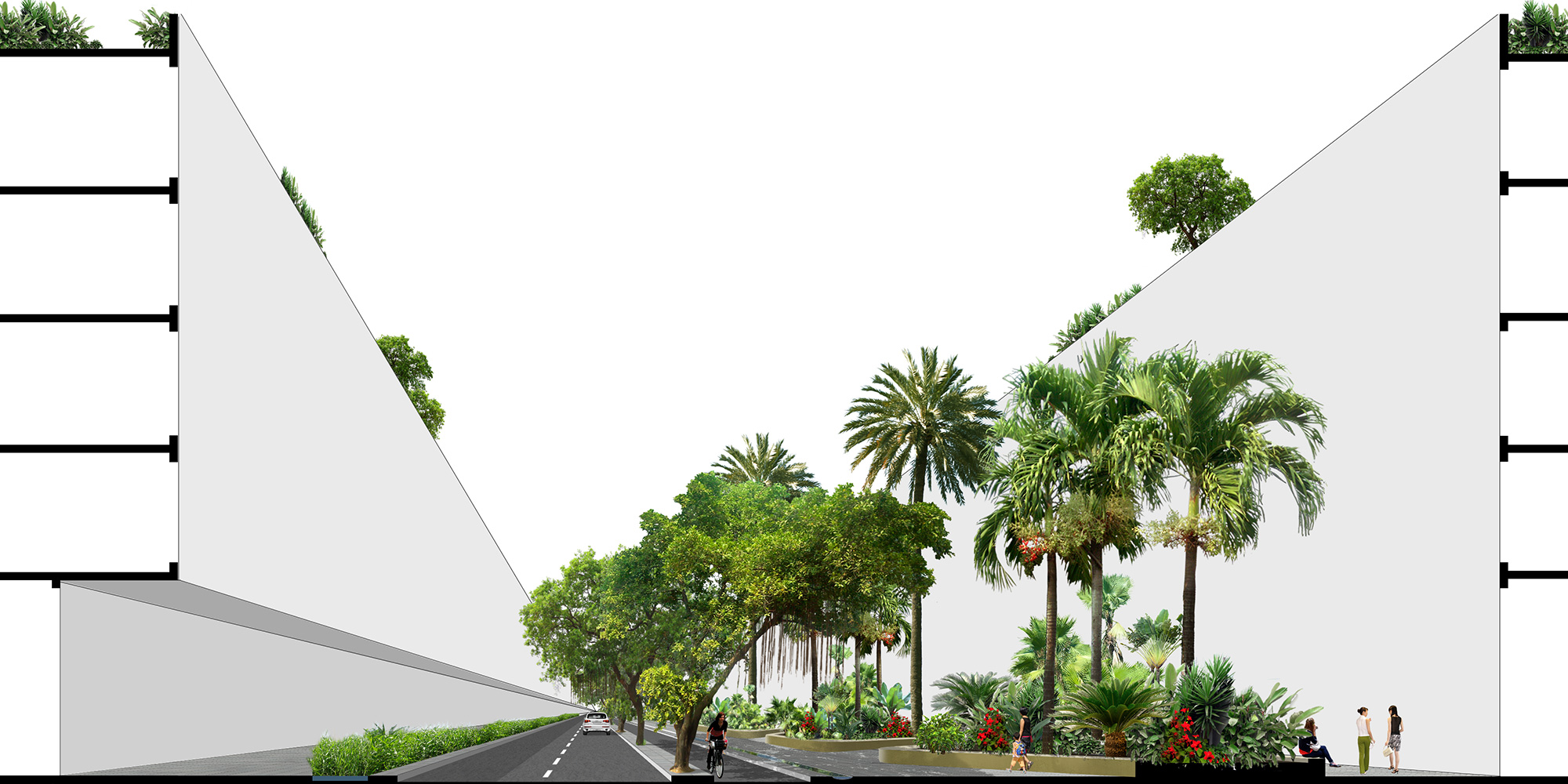
In contemporary Chinese society cars and motorized transportation systems have dramatically limited motor experience of people. Combined with the fact that most of CBD users have a sedentary work, and, cities to their best to reduce any physical activity (stairs have been replaced by escalators) the impact on public health could be substantial.
The extensive use of cars, of course, is also affecting common health by increased air and sound pollution.
That’s the background of our proposal: a model where active transportation methods, walking and biking, take central stage in the urban experience. We propose to enhance and make more efficient the public transportation network, and we create the base for a new relation between people and cars, not by separating them, but by reorganizing hierarchy in favour of bikers and pedestrians.
Many urbanites have lost direct contact with nature. Nature in cities is becoming more and more limited to small patches of manicured green. Losing contact with nature poses several threats to our cities: low resilience to extreme climatic events and high pollution; and to citizens: the ‘lack of experience’ of nature, which has been scientifically proven to be fundamental, especially for kids.
We propose wild nature as an integral part of the city: a dense vegetation layer of shrubs and trees that will assure a high level of biodiversity by creating the needed conditions for wildlife habitats.
We take advantage of the sub-tropical climate to establish a lush landscape as an amenity for citizens, as an important ecological connection and to mitigate the meteorological events.


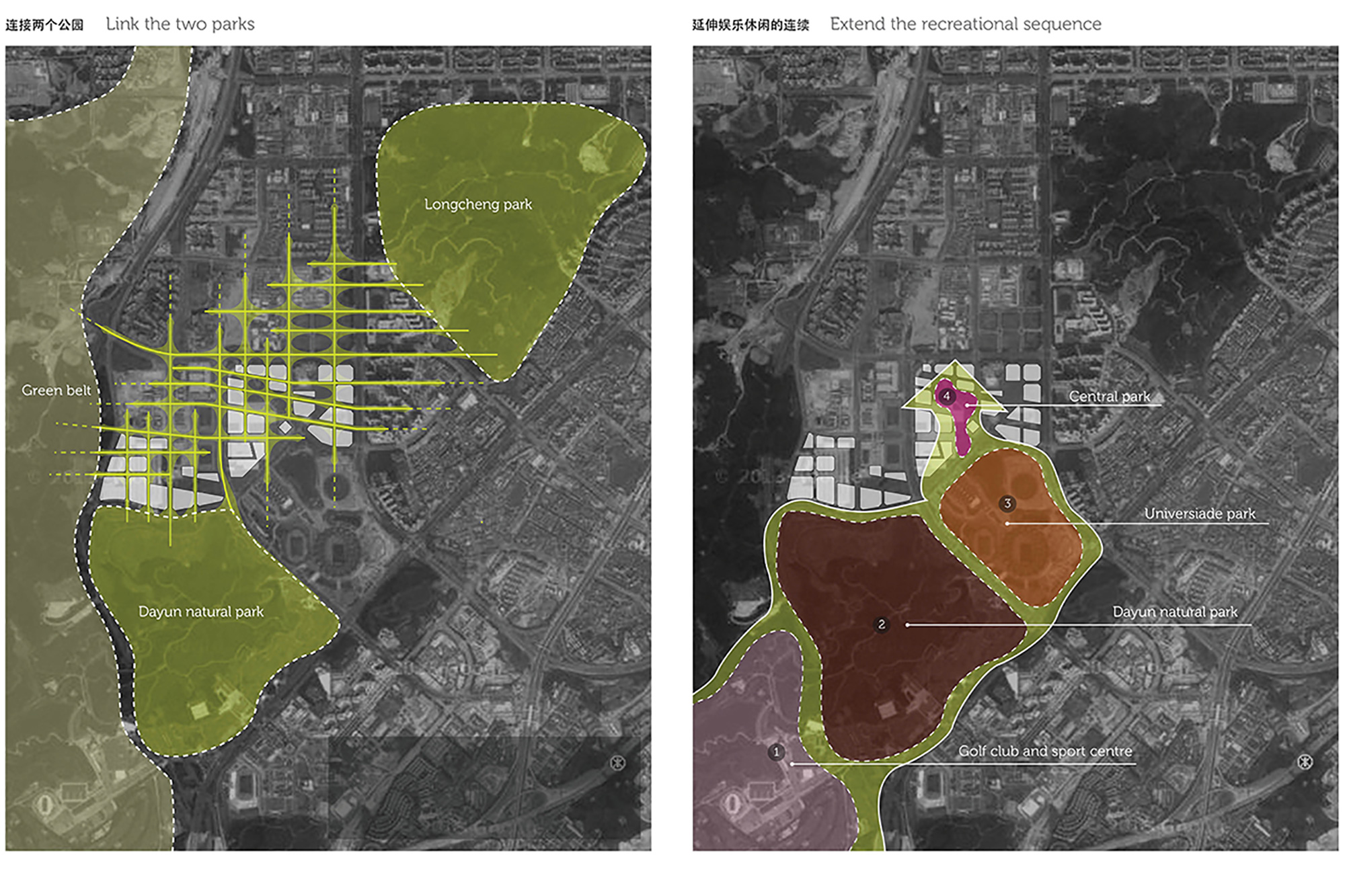
Dayun lies between natural areas with high ecological value and the urban center of Longgang. Its position is crucial, in the urban scale, for extending the qualities and benefits of nature into the urban setting. A new green fabric follows the shape of the city: the streetscape. Its network structure allows certain resilience and flexibility, and a more extensive influence on urban-ecological.


Each cluster is defined by its own identity; diversity meets in the streets: various atmospheres and situations distinguish a vibrant public space.
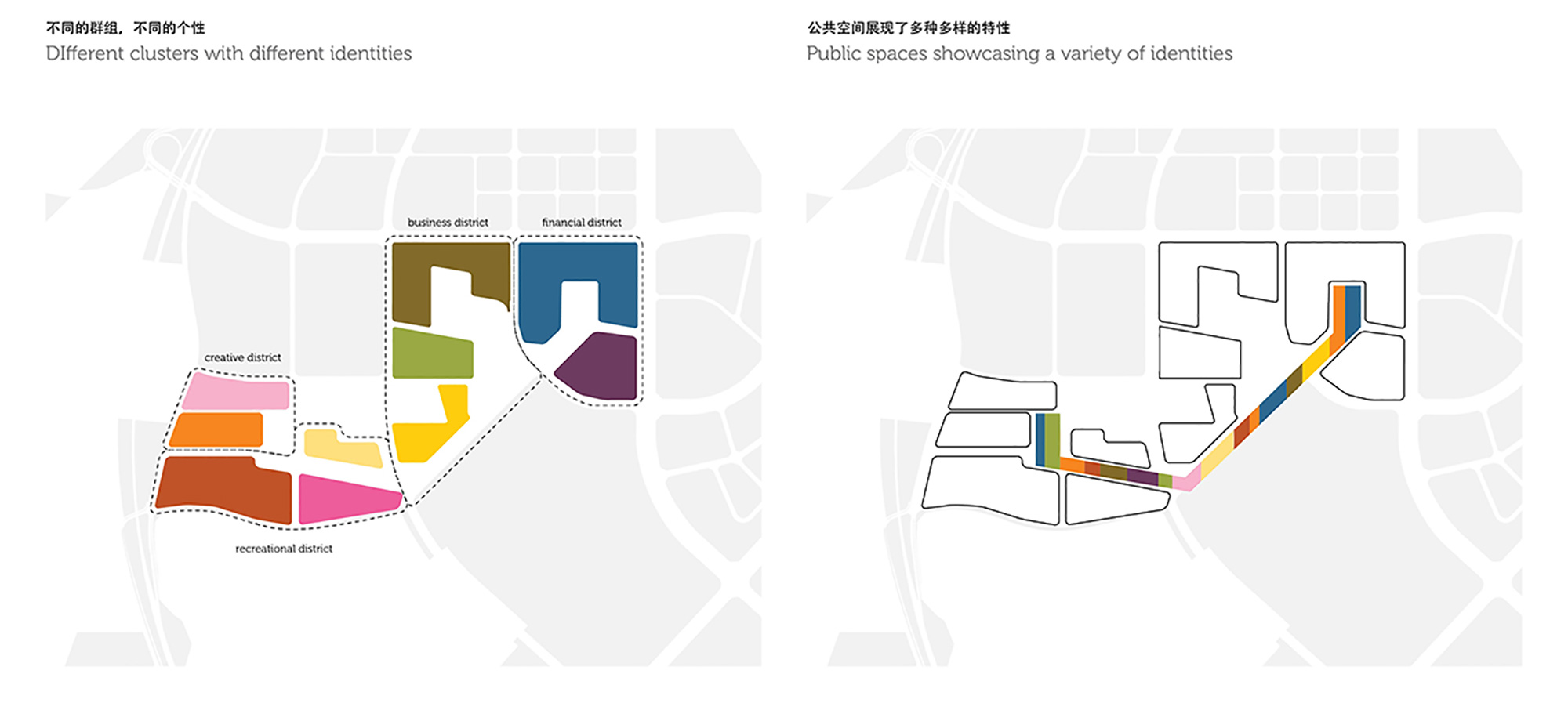
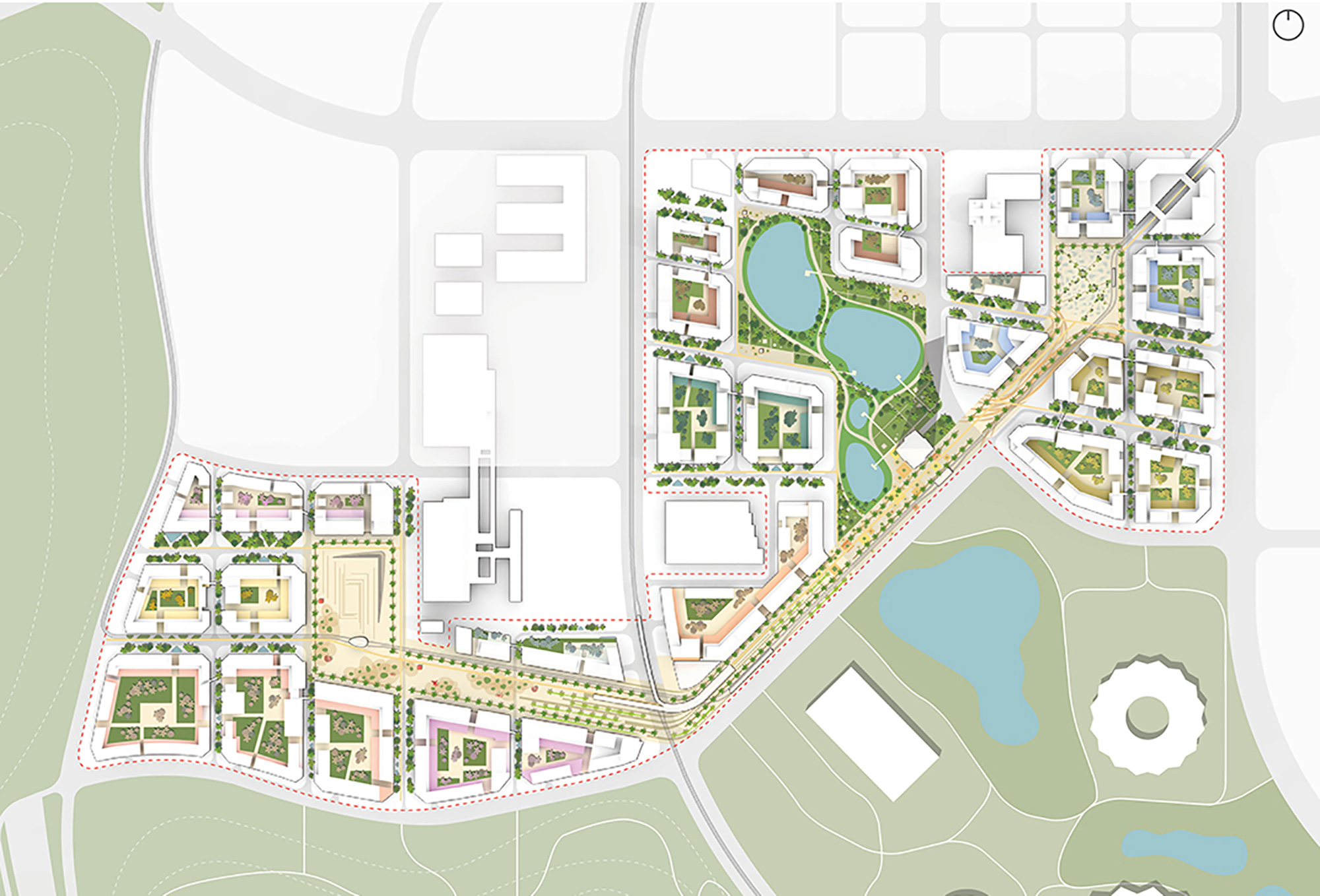

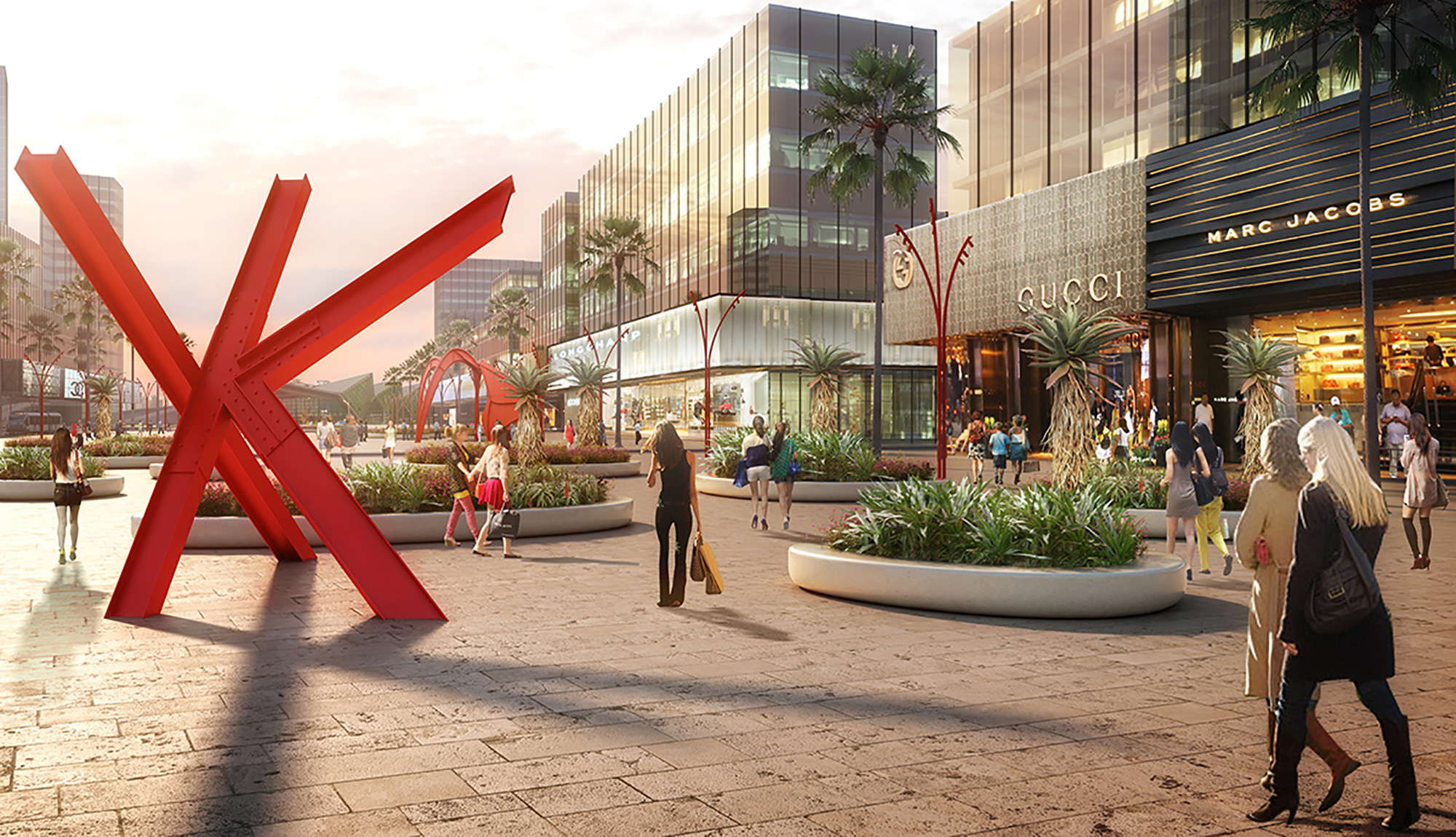
The main plinth typology will follow the public space structure of the 2 plazas and the boulevard. The secondary plinth typology is meant to activate and regulate some important streets, second in hierarchy to the plazas and boulevard.

